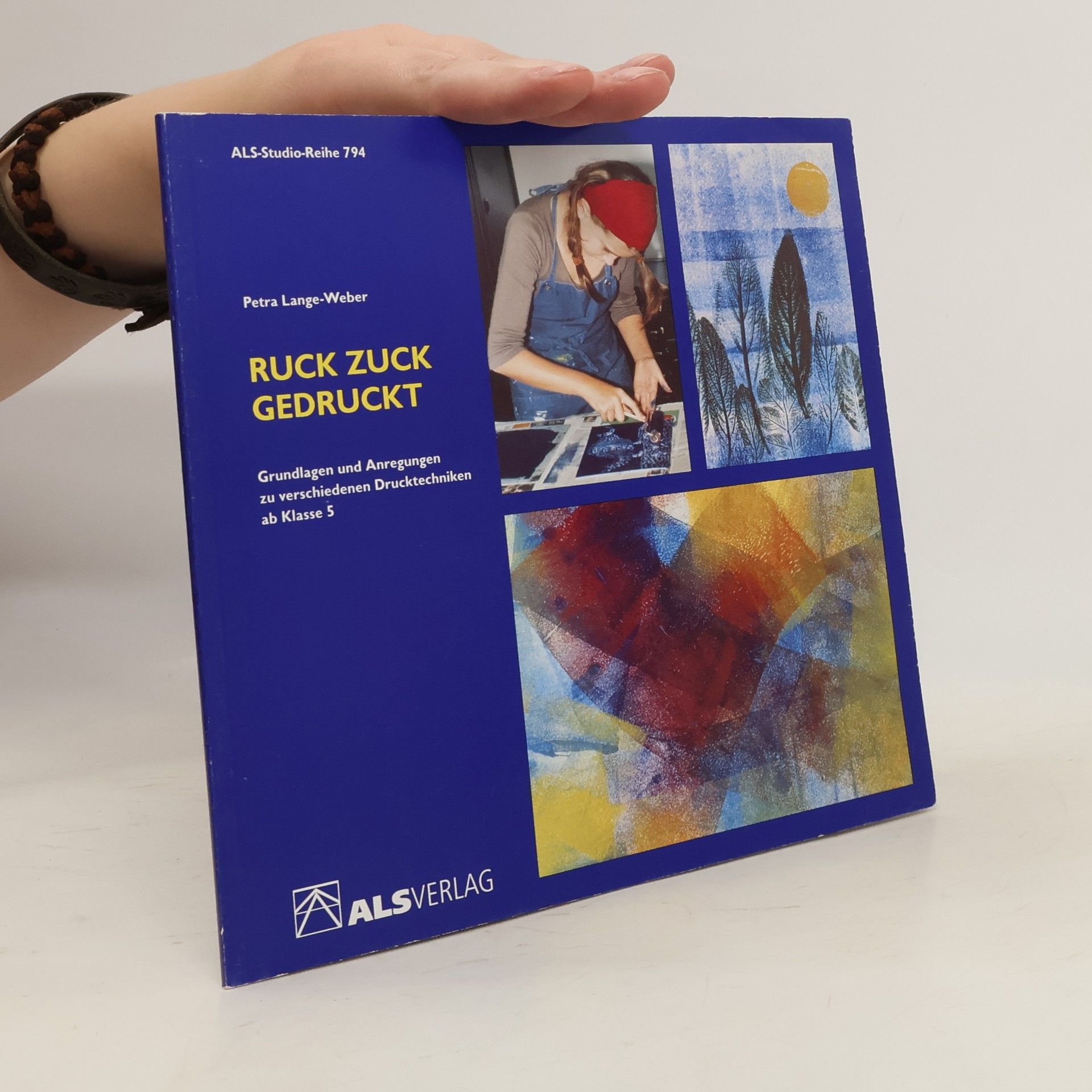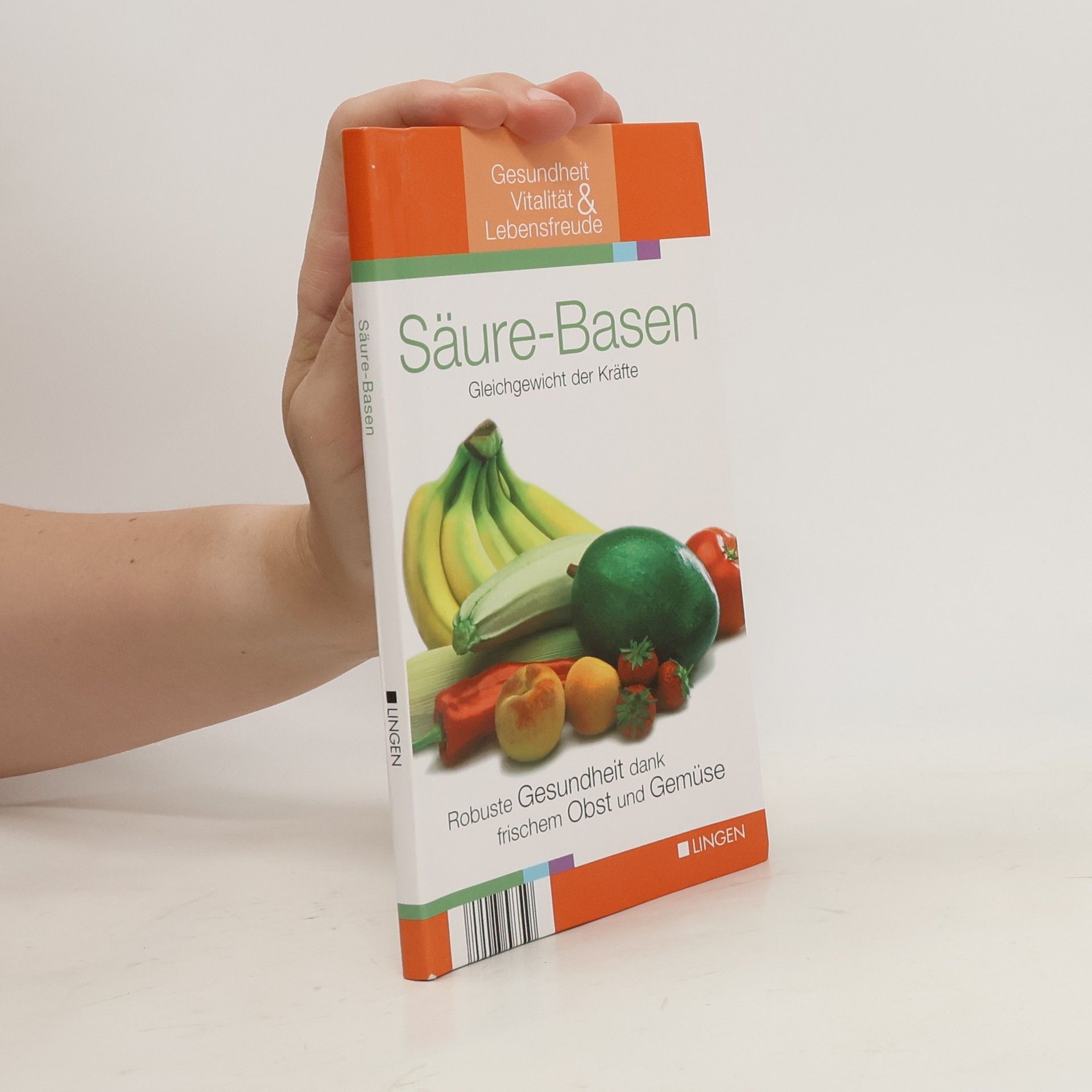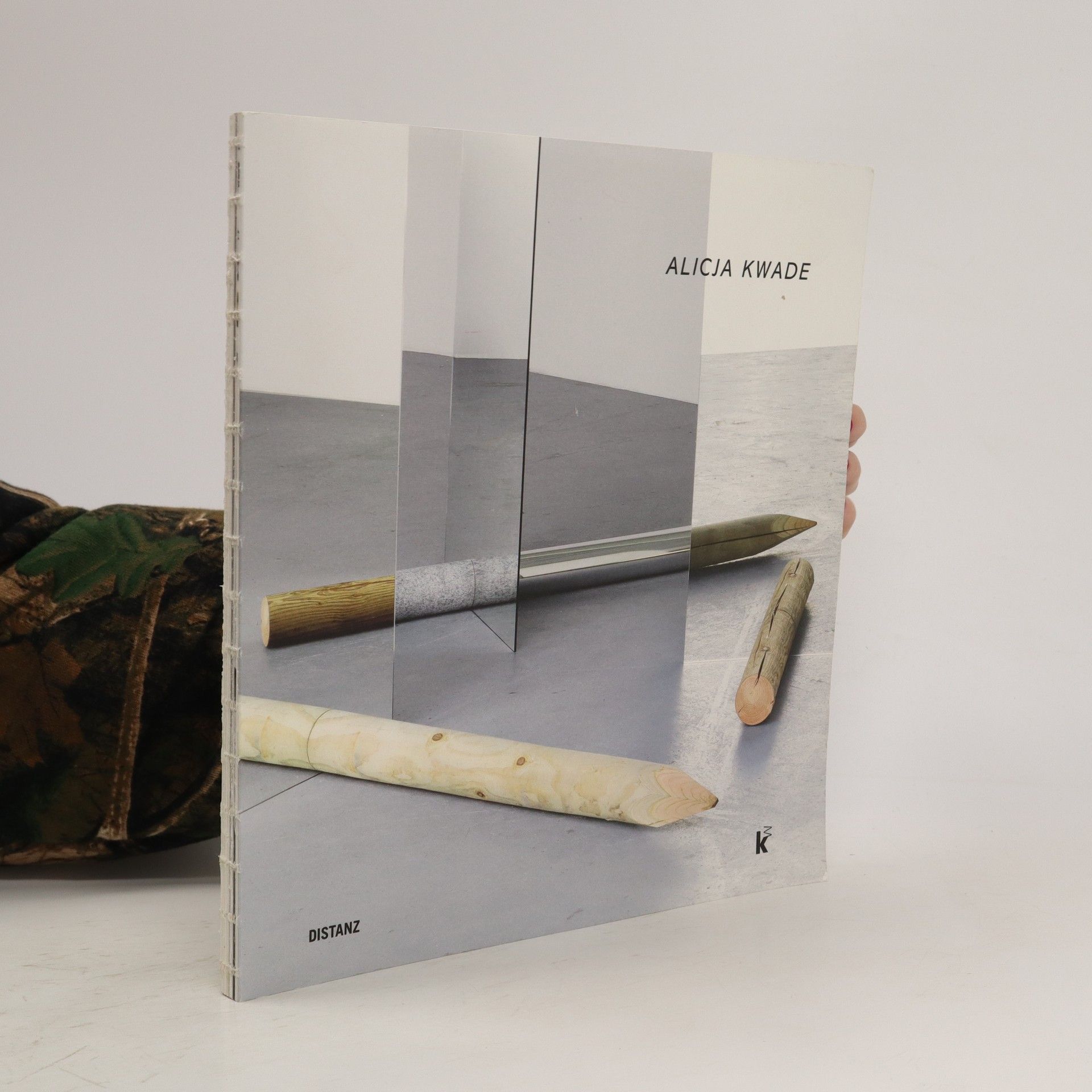Namísto vysněné dovolené u moře čeká sedmnáctiletou Annie nedobrovolný pobyt s otcem a jeho novou rodinou v zapadlé jihočeské vesnici. Když se ale Annie seznámí s místní partou amatérských herců, a dokonce se zamiluje do hereckého kolegy, prázdniny začnou naplno. Zároveň začínají vyplouvat na povrch rodinná tajemství a ukazují, že se Annie v řadě věcí mýlí. Že by i ve svých citech?
Petra Lange Book order






- 2022
- 2017
München im späten 19. Jahrhundert. Es ist die Zeit des Friedens, des Aufschwungs und der Künstler. Als Symbol dieser Tage soll hoch oben über der Isar ein neues Wahrzeichen entstehen – der Friedensengel. Mehr als 100 Jahre später tauchen Briefe auf, die einer der Erbauer des Engels an seinen Vater schrieb. Der mit der Restaurierung beauftragte Bildhauer ist fasziniert von den Erlebnissen des Vorgängers, gleichzeitig entdeckt er Parallelen und Hinweise, die ihm die eigene Familie nahe bringen. Als seine Schwester in eine Lebenskrise gerät und nach München kommt, nähern sich die Geschwister zum ersten Mal seit Jahren an – und entdecken, wie eng ihr Familienschicksal mit dem des Briefeschreibers verknüpft ist.
- 2015
Die ganze Welt des Skulpturalen Dialektische Schärfe und luzide Absurdität zeichnen die Skulpturen und Objektkonstellationen von Alicja Kwade (geb. 1979 in Katowice, lebt und arbeitet in Berlin) aus. Gewitzt kombiniert die Bildhauerin elementare Materialien, alltägliche Dinge und kulturell geprägte Produkte. Mit ihren eindrücklichen „Bildern“ im Raum ergründet sie die conditio humana unter dem Einfluss der Physik ebenso wie unter dem des Spätkapitalismus. Aufgrund der konzeptuellen Konsequenz und sinnlichen Qualität ihrer Arbeit und ihres Gespürs für Material, Oberflächen und Raumbeziehungen erhielt die Künstlerin 2015 den mit einer Einzelausstellung verbundenen hectorpreis der Kunsthalle Mannheim. Der begleitende Katalog gewährt einen Einblick in ihr umfangreiches Werk seit 2001. Die Autoren Petra Lange-Berndt und Dietmar Rübel spüren Alicja Kwades Fragen nach Materie, Rohstoff und Produktion im Zeitalter der Moderne nach und stellen Bezüge zur Kunst des 20. Jahrhunderts her, u. a. zur Kunst- und Design-Produktion der 1920er Jahre, zur Arte Povera und zum Post-Minimalismus.
- 2014
- 2008
Grundlagen und Anregungen zu verschiedenen Drucktechniken ab Klasse 5 Drucken ohne viel Aufwand und gar nicht teuer – geht das? Das Drucken ist eine Technik, die immer wieder zu neuen Ideen und Inspirationen führt. Die verwendeten Materialien finden sich in jedem Haushalt und regen die Schüler dazu an, mit den verschiedenen Gestaltungsmöglichkeiten kreativ zu spielen. Die Themen wurden so gewählt, dass sie im Klasenverband realisierbar sind. Die Schüler erfahren die Lebendigkeit des Drucks und die Kraft der Farben, denn jeder Druck ist einzigartig und zeigt die individuelle Handschrift des Gestalters. In dieser Broschüre werden sieben verschiedene Drucktechniken vorgestellt, mit denen Sie mit Ihrer Klasse einfach und schnell attraktive Ergebnisse erzielen und zudem die Vorgaben der Bildungspläne erfüllen können. Diese farbenfrohen Gestaltungsideen können ab der 5. Klasse umgesetzt werden, stellen aber auch für Jugendliche und Erwachsene eine spannende Herausforderung dar. Altersempfehlung: Sekundarstufe I
- 2006
Farbentanz auf Papier
Anregungen zur Gestaltung und Verarbeitung von Papieren
Anregungen zur Gestaltung und Verarbeitung von Papier Wie farblos wäre unsere Welt, wenn Papier nur weiß wäre. In dieser Broschüre werden verschiedene Techniken vorgestellt, Papier farbig zu gestalten und mit einfachen Handgriffen ein wahres Kunstwerk entstehen zu lassen. Dabei fällt es leicht, sich ganz auf die Farbe einzulassen, diese neu kennenzulernen und als variables Ausdrucksmittel für eigene Stimmungen und Gefühle zu nutzen. Im Anschluss an das Gestalten wird das Papier verarbeitet. Im Nu entstehen einzigartige Brief- oder Heftumschläge, Lesezeichen, Bilderrahmen, Bücher – ja sogar eine Vase. Die zahlreichen Anregungen lassen sich bereits mit Grundschulkindern umsetzen, aber auch Jugendliche und Erwachsene haben großen Spaß am Experiment mit der eigenen Fantasie. Altersempfehlung: Grundschule
- 1987
Petra Lange ist pharmazeutisch-technische Assistentin und kinderreiche Mutter (fünf leibliche und mehrere Pflegekinder). Sie ist seit über 30 Jahren als Dozentin im In- und Ausland tätig. Ihr Buch «Hausmittel für Kinder» wurde zum Bestseller und liegt hier in einer vollständig aktualisierten und erweiterten Fassung vor, übersichtlich gegliedert, mit noch mehr Informationen, Rezepten und praktischen Anleitungen. Mit diesem umfassenden Kompendium für natürliche Vorsorge und Behandlung helfen Sie Ihrem kranken Kind möglichst natürlich und garantiert ohne Nebenwirkungen.

